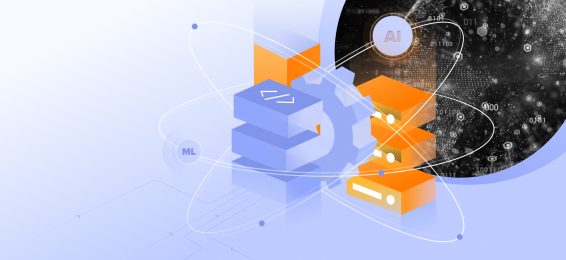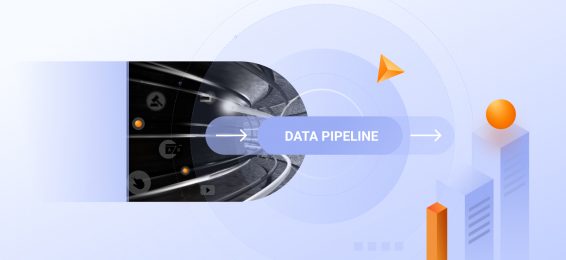The data mesh architecture encourages using self-service data platforms, standardized APIs, and governance policies to ensure data quality, accessibility, and security. This approach aims to break down data silos, improve data sharing, and facilitate data-driven decision-making across the organization.
Data mesh strategy advantages
- Decentralized data ownership: empowers teams to own and manage their data, fostering innovation and agility.
- Improved data accessibility: breaks down data silos and enables easier data sharing across the organization.
- Enhanced data quality control: promotes data governance and ensures data consistency and accuracy.
- Scalability: easily adapts to changing data volumes and requirements.
- Reduced vendor lock-in: leverages open standards and APIs, minimizing reliance on specific vendors.
- Increased agility: enables rapid data-driven decision-making and innovation.
- Improved data literacy: promotes a data-driven culture within the organization.
- Cost-effective: can reduce data management costs by leveraging self-service tools and automation.
- Compliance. Helps organizations comply with data privacy and security regulations.
Data mesh challenges
- Organizational change: requires a shift in mindset and culture to embrace decentralized data ownership and governance.
- Technical complexity. Implementing a data mesh can be technically challenging, requiring expertise in data engineering, architecture, and governance.
- Data consistency. Ensuring data consistency and quality across multiple data domains can be difficult.
- Security and privacy. Protecting sensitive data and ensuring compliance with regulations can be complex in a decentralized environment.
- Interoperability. Ensuring compatibility between different data systems and platforms.
- Governance and oversight. Establishing effective governance mechanisms to ensure data quality, security, and compliance.
- Cost. Implementing and maintaining a data mesh can be costly, especially for large organizations.
- Talent acquisition. Finding and retaining skilled data engineers and architects to support the data mesh.



